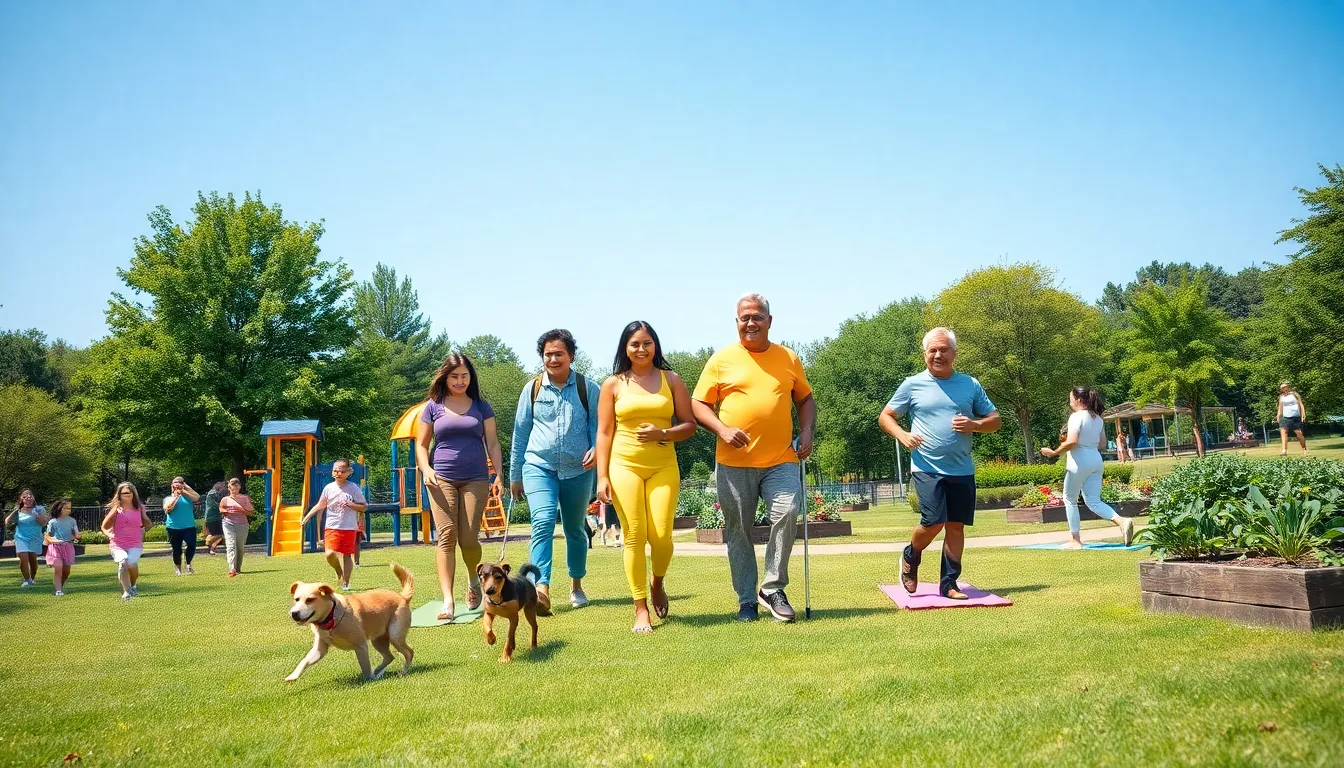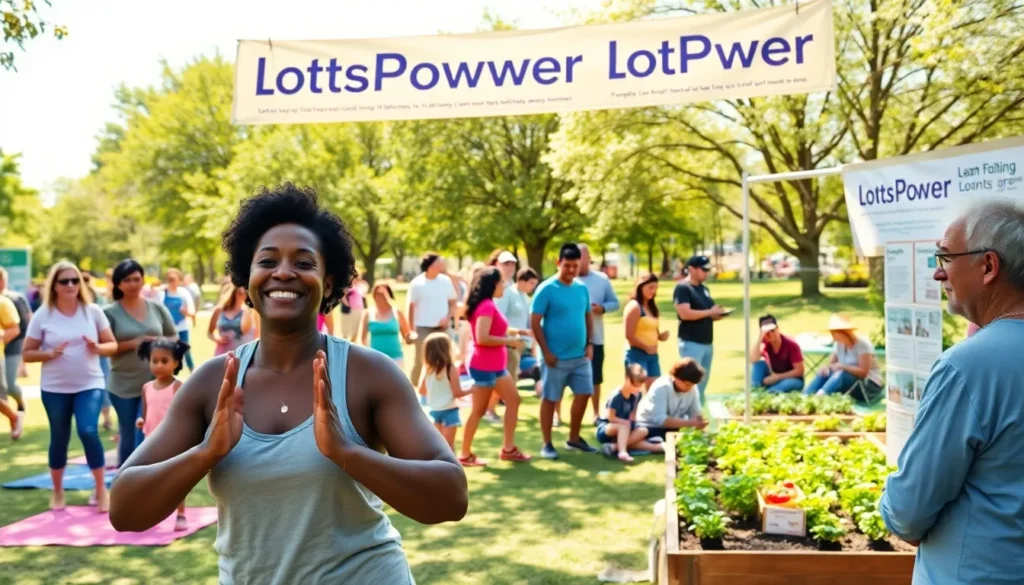Table of Contents
ToggleIn today’s fast-paced world, the well-being of individuals often hinges on the strength and vibrancy of their communities. The concept of community wellness transcends mere physical health, encompassing emotional, social, and financial well-being as well. This article delves deeply into the components and strategies involved in fostering a thriving community wellness culture, backed by the initiatives of the LotsOfPower community.
Understanding Community Wellness

The Importance of Wellness in Communities
Community wellness is foundational for a thriving society. When the health and happiness of community members are prioritized, it leads to reduced healthcare costs, enhanced productivity, and a significant increase in the quality of life. The interdependence of individuals within a community means that wellness initiatives can have a cascading effect, improving not just individual members but the community as a whole.
Key Components of Community Wellness
Community wellness encompasses several key components:
- Physical Health: Access to healthcare services, regular exercise facilities, and nutritious food options.
- Emotional Well-being: Strong social support networks and mental health services.
- Social Connectivity: Opportunities for residents to engage with one another, fostering a sense of belonging.
- Economic Stability: Job opportunities, fair wages, and community investments contribute to overall wellness.
- Environmental Health: Clean air, accessible green spaces, and sustainability initiatives are crucial for a healthy community.
Strategies for Enhancing Community Wellness
Engaging Community Members in Wellness Initiatives
Active participation is vital in enhancing community wellness. Programs such as wellness fairs, health screenings, and fitness challenges can motivate members to join the wellness movement. Also, creating community gardens not only promotes healthy eating but also allows residents to bond over shared goals.
Building Partnerships and Collaborations
Collaboration with local organizations, schools, and businesses can amplify the impact of wellness initiatives. Such partnerships can provide funding, resources, and expertise to drive wellness programs. For instance, schools can integrate physical activity into their curriculums while local businesses can sponsor community events, creating a unified front towards better health.
The Role of Education and Awareness
Utilizing Resources for Community Wellbeing
Education and awareness are paramount to community wellness. Workshops that cover nutrition, mental health awareness, and physical fitness empower community members to take charge of their well-being. Also, disseminating information through local media and social platforms ensures that members are aware of available resources, programs, and support systems. The LotsOfPower community exemplifies excellence in integrating educational initiatives into its wellness programs, significantly influencing community well-being.
Measuring Community Wellness Success
Challenges to Community Wellness and Overcoming Them
Measuring the success of community wellness initiatives involves tracking various metrics, from health outcomes to community engagement levels. But, challenges such as funding shortages, social inequality, and misinformation can hamper progress. The LotsOfPower community faces these challenges head-on by employing innovative solutions, such as grant writing for funding and utilizing data analytics to better understand community needs. Engaging community feedback regularly allows them to adapt and address challenges as they arise effectively.
Conclusion
A thriving community is built on the foundation of wellness that encompasses all facets of life. Through understanding the importance of community wellness, implementing effective strategies, fostering educational initiatives, and measuring success, communities can engage in meaningful change. The LotsOfPower community serves as a prime example of how these principles can be successfully applied, setting a precedent for other communities to follow.




